The reputation of Gothic architecture has persevered for centuries since its initial development in the 12th Century and rise to popularity in the 16th Century. Specifically known for its use of large stained-glass windows, flying buttresses, and pointed arches, Gothic architecture spent much of its early history making its way through stone buildings, cathedrals, and churches all across France, Europe, and the rest of the world.
While there was definitely a specific type of building Gothic architecture was commonly used to construct, it is still important to be able to recognize the key elements of its architectural style when it is being utilized in other projects today.
Common Characteristics of Gothic Architecture
It is fair to say that personal properties are not commonly built in the Gothic style. They definitely exist, but Gothic architecture is more defined by its use on large communal buildings, such as the European cathedrals and churches it was used to construct for over four centuries.
A part of this is that many of the quintessential Gothic buildings were developed to serve multiple purposes for multiple people. This means the style was built around allowing in plenty of light, as well as sectioning off the building for different uses. These are some of the other common features found in Gothic architecture:
- Ribbed Vaults – The use of ribbed vaults in Gothic architecture is why they were able to develop such high ceilings and large windows while still maintaining the structural support needed for the building overall. By placing the ribbed vaults on ceilings next to each other or parallel, architects were able to use this ingenious method to provide adequate support without compromising the stunning visuals of high gothic ceilings.
- Large Stained-glass Windows – Stained-glass windows are featured in much of Gothic architecture for the same reason that they are utilized in many churches. They allow a significant amount of natural light into the building while also creating an exquisite sense of beauty.
- Gargoyles and Ornate Decoration Stone – Before literacy was considered normal in Europe, the iconic gargoyles, spires, pinnacles, columns, and detailed stonework of Gothic architecture were all used to communicate information to the people that were coming to the church. Much of the art in the stained glass as well as the stoned adornments of the building were developed to explain a narrative, often weaving religious tales into the story of the building’s purpose.
- Flying Buttresses – Despite their beauty, flying buttresses were originally developed as an architectural feat to allow for greater stability in the building’s structure while also allowing builders to utilize thinner walls during construction. These effects together were not only able to distribute weight more efficiently throughout the building, they were also able to create a greater sense of beauty and flight in the aesthetic of the Gothic architectural style.
- Pointed Arches – Pointed arches were also implemented so that buildings could be constructed vertically rather than the typical focus on lateral support. The previous use of rounded off Roman arches created stability, but also limited the builder’s options. The support provided by the flying buttresses however allowed architects to develop their plans upwards. Churches and cathedrals were able to be designed to feel larger, and reinforce that imagery of the divine in their architecture.
Gothic architecture has also inspired many other forms of architecture, and can be seen in both residential and commercial properties.
Examples of Famous Gothic Architecture
Gothic architecture is mostly focused on cathedrals and churches across Europe. There are also several famous examples of Gothic architecture specifically in France as well, as this is the birthplace of the artistic style. Some of the more famous Gothic buildings include:
- The Cathedral of Notre-Dame, from the French town of the same name.
- The Chartres Cathedral, from the Centre-Val-de-Loire region.
- The Seville Cathedral, which is the largest Gothic cathedral in the world, from Spain.
- Westminster Abbey, from London
- Canterbury Cathedral, from Canterbury, Kent
There are many different qualities that we can take from Gothic architecture today. Besides the focus on vertical construction and advancements in building support, the style of Gothic architecture also created a focus on storytelling within the decoration and design of a building. Keeping that purpose and narrative construction in mind while joining it with the actual architectural limits of a project is a great way to develop something truly beautiful.

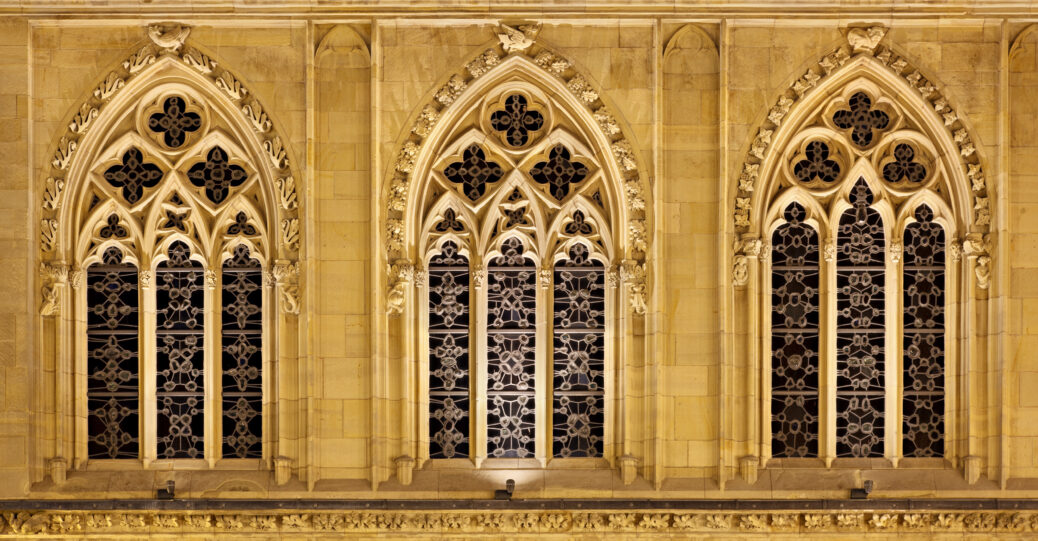
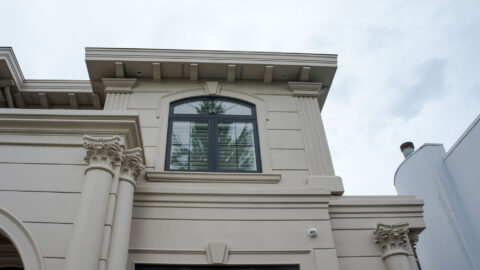

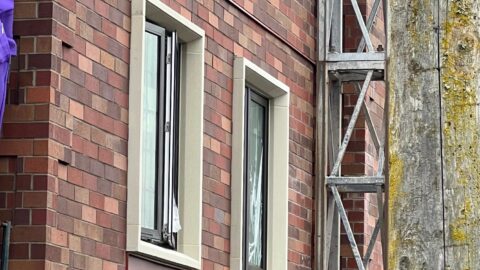
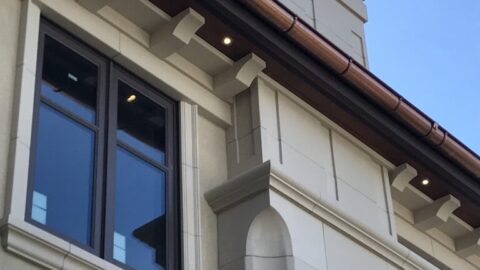

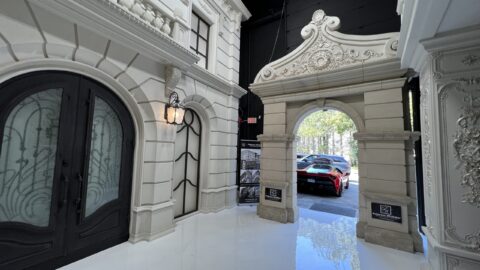
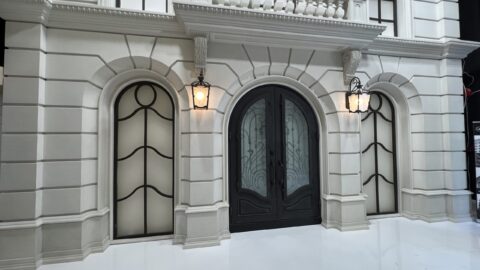
Recent Comments